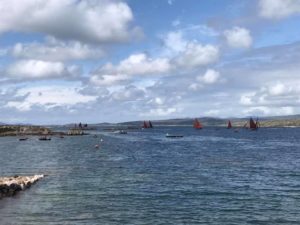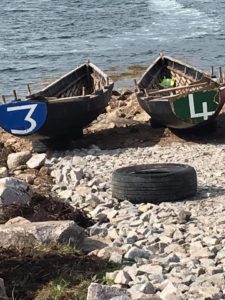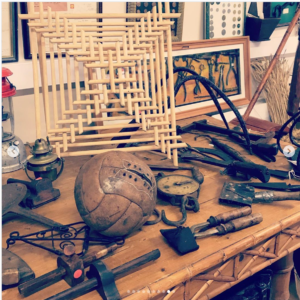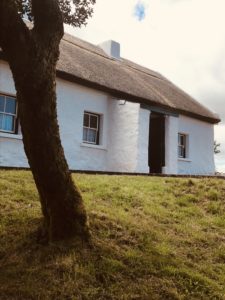Now that I’ve been back in the States for about a week I’ve been left to ponder if my Irish actually improved at all. I did very well in the classroom, and think that my ability to read and write has improved, but I’m not certain about speaking.
I can understand most of what is said to me, but I find myself panicking, utterly tongue-tied, and devoid of anything resembling vocabulary when trying to speak. I think my host family was shocked to learn I was in the Ardrang (the advanced course), because my spoken Irish at home was so poor compared to people in lower level classes. To be fair, one of the other students at my house was Breton and periodically I attempted to engage him in conversation in French, and that went very much the same way, though I’d say my fluency level in French is much, much higher than my Irish. It’s somewhat frustrating as I had really hoped to overcome this stumbling block through this immersion program. I have a diagnosed social anxiety disorder, so I’m wondering if its just something broken in me rather something than any amount of speaking practice can fix. My issues with communicating with French speakers certainly suggest its the former. I’d also be lying if I said I don’t have issues speaking English at times as well.
Two other students going into Advanced Irish I attended Oideas Gael this past summer; their speaking abilities were already head and shoulders above my own and likely are lightyears ahead now, so who knows how Irish will go for me this semester. We didn’t focus on speaking all that much in the classroom, so I am wondering if I would have benefited more from attending Oideas Gael in Donegal, though I’ve been working on focusing on the Connemara dialect.
My adviser has told me numerous times that I’m too hard on myself, and I’m hoping that’s true here, that I just hit a plateau and need to keep pushing through, that I’m better than I give myself credit for. Again, we’ll see what this semester holds.



